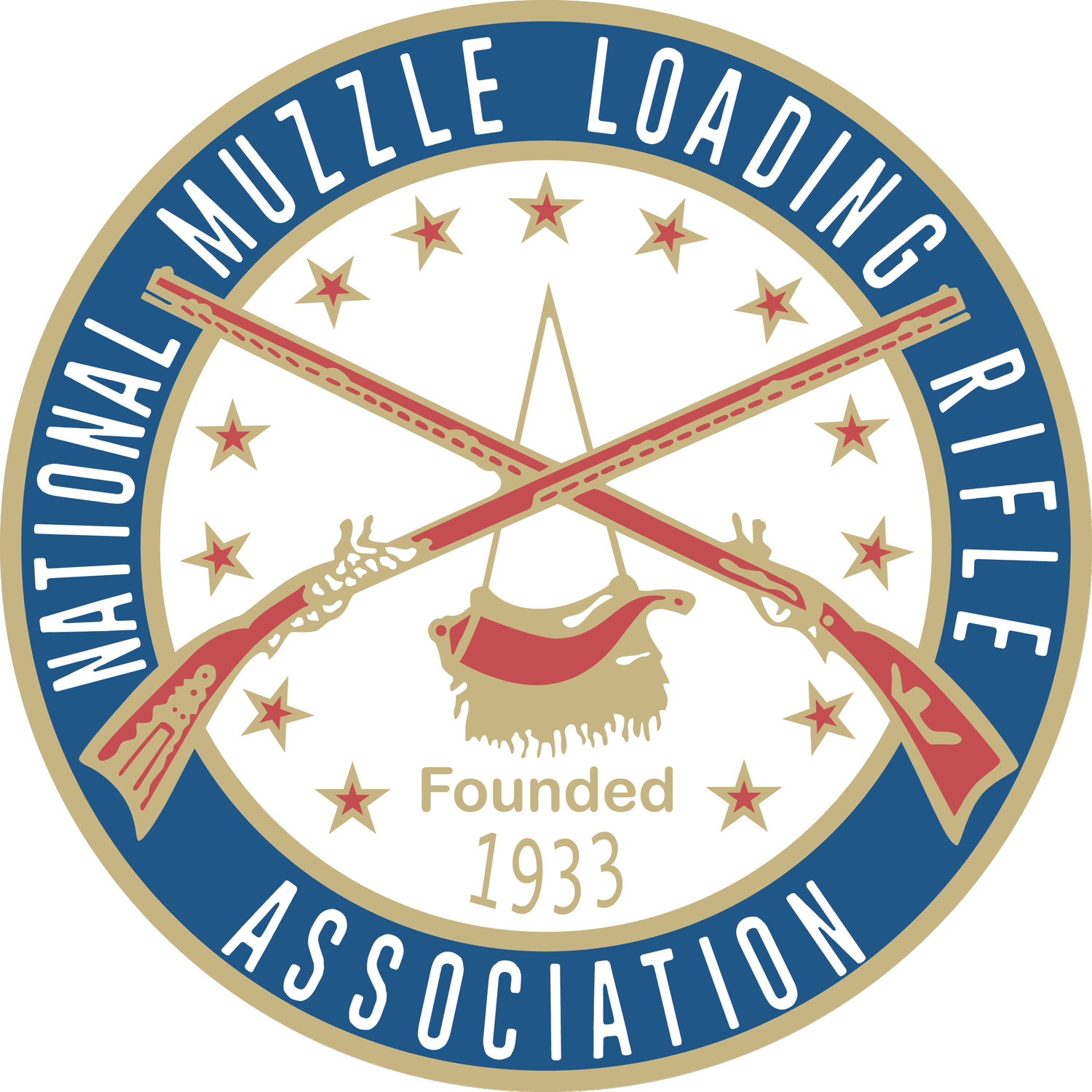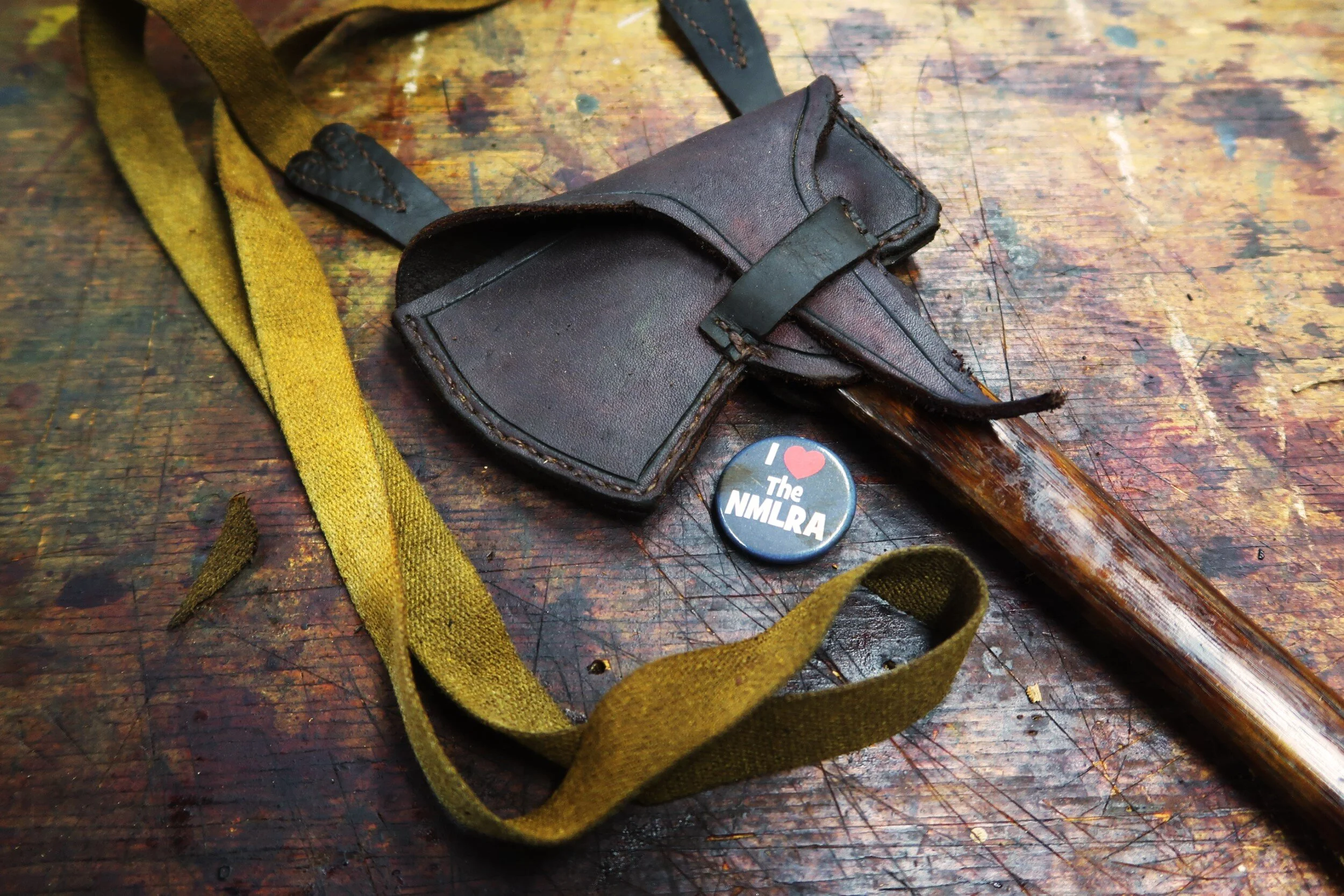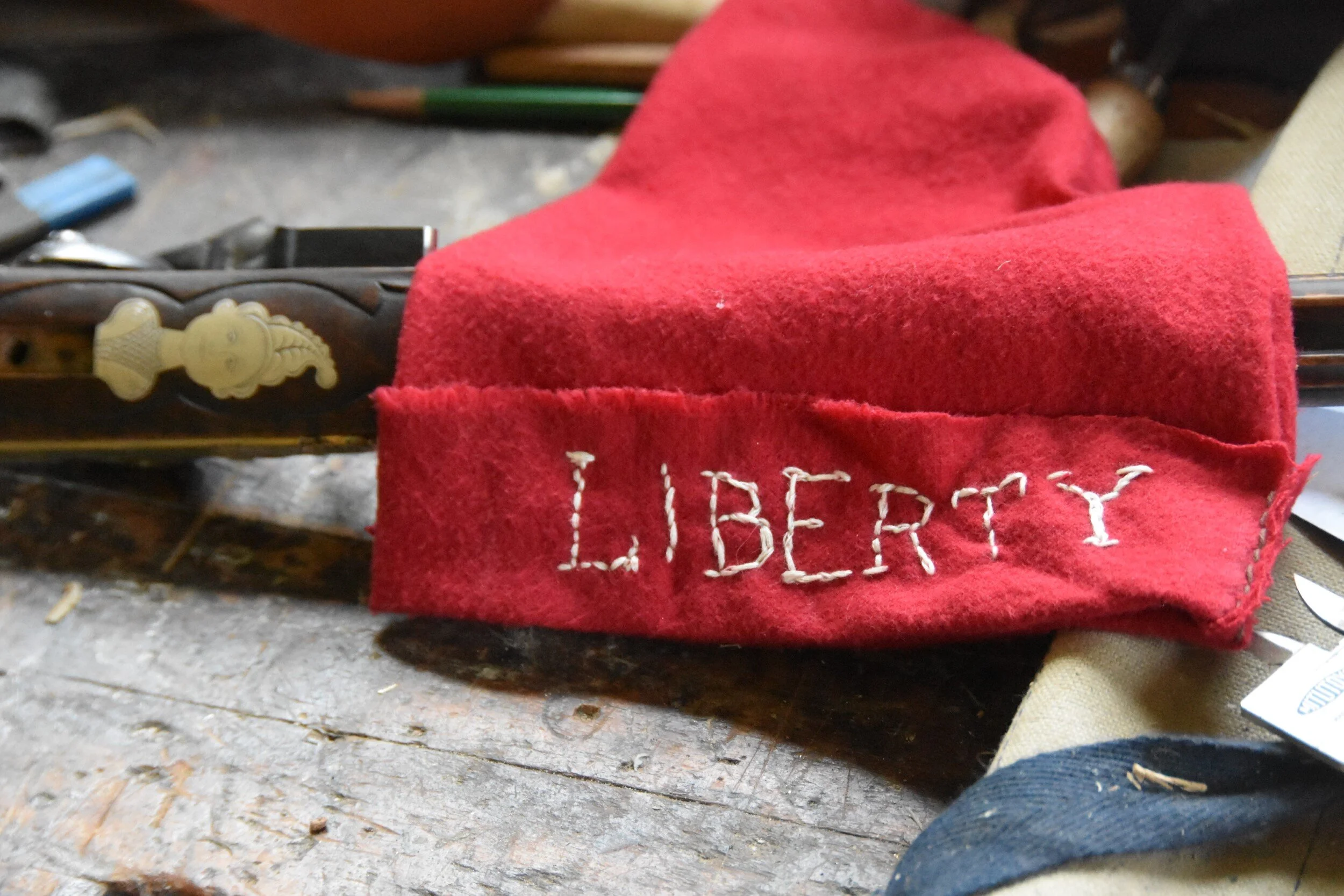On this week's episode of Crossman's corner from the NMLRA, we're going to show you how to make this small camp axe sheath based on an original from the 18th century.
How do you measure your flint size and can you cut them if too big. | Ask the Experts
Announcing the Mike Brooks Kibler Longrifle Kit Assembly Class at the NMLRA Education Center
2020 Primitive Range Family Reunion - Vendors/ Craftspeople Welcome!
With so many events canceled this year, we want to extend an invitation to vendors and craftspeople to join us for our Primitive Range Family Reunion, July 24-26, 2020
While this will be an informal event with limited attendance, you are welcome to bring your shop or trade blanket and hang out with us for the weekend!
We ask that you pay the family camp rate of $15 for the weekend, payment is not due until you set up camp, this way you aren't out anything if COVID 19 cancels this event.
If interested, please email eyazel@nmlra.org, thank you!
Rate of Fire or Accuracy? The India Pattern Brown Bess and the 1800 Baker Rifle: Firepower Compared
In this episode of the "Firepower Series", we compare the Brown Bess and the Baker Rifle.
Follow us on FB for updates and projects! https://www.facebook.com/britishmuzzl... For your Martini and Snider needs email Martyn at xringservices@yahoo.com
For your P53 Enfield Rifle-Musket or Short Rifle ammunition needs, Contact Brett at - www.papercartridges.com And for further reading on all British Victorian (and earlier) arms stop by the British Militaria Forum and say hello. http://britishmilitariaforums.yuku.com
How to Make an Easy First Person Historic Persona
Black Powder TV - An Allen Martin Early Lancaster Flintlock Longrifle
Bill Raby builds a 4 Bore Flintlock Elephant Gun - Part 1
The Liberty Cap in the Art of the U.S. Capitol
Bill Raby finishes his Lancaster Rifle Build Tutorial Series
Bill is building a 50 caliber Lancaster, Pennsylvania style flintlock rifle based on one made by Isaac Haines around 1770.
This is a good example of one used around the time of the Revolutionary War.
We’d like to thank Bill for sharing the NMLRA during his videos! builders like Bill are a major part of what we all love to do here at the NMLRA.
➽ ➽ Support this content - nmlra.org/store/membership ➽ ➽
What is the best load for a Lyman Great Plains Flintlock in 54 Cal, 1:60 Twist | Ask the Experts
On Creating a Muzzle Loading Target Pistol | W.A Carver | Muzzle Blasts Archives
Pesky Critter Pistol Shooting with the Black Powder Maniac
The Black Powder Maniac is back with some caplock pistol silhouette shooting fun in this week’s video. Watch now!
Spent an evening shooting a Lymans Great Plains pistol at some pesky zoo critters just before dark.
Interested in trying Schuetzen or Swiss Black Powder used in these videos, call 866-809-9704 or click website below: http://www.schuetzenpowder.com/index.php
Interested in trying out some Mr. Flintlock patch lube that works great in black powder guns? Call 207-590-1635.....or click this link for more information: http://mrflintlock.com
Why Do you Reenact?
How to make your own Liberty Cap | A Symbol of Freedom | NMLRA
"It's Important that somebody remembers" | The Story of the Liberty Cap | Muzzle Blasts Archives
Of all of the interesting headgear associated with the American Revolution, one of the simplest forms, so simple in fact that no regular Continental units ever adopted it as an official hat, was the "Liberty Cap." During the Revolution this was generally a wool or cotton cap with the word Liberty or Liberty or Death embroidered across its front in an opposing color. A few battalion infantry and numerous light infantry units wore miters with this legend emblazoned across their fronts (Congress being another legend), light infantry miters sometimes saying Liberty or with a skull and cross bones replacing Death, the words requiring more room than the shorter light infantry miter could afford, the skull and crossbones being more easily squeezed into the space.















